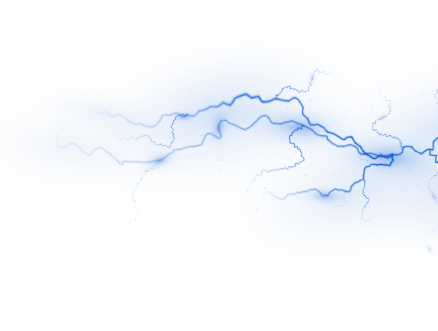Increasing and maintaining phosphorus levels in the blood
HEALING OSTEOMALACIA
CRYSVITA helped heal osteomalacia
Under normal circumstances, minerals like phosphorus are continuously added to bones. This process, called mineralization, helps keep bones hard. People with TIO don’t have enough phosphorus for bones to properly mineralize, which causes some parts of the bone to become “soft” and more likely to break.
In Study 6, a study of adults with TIO aged 33 to 68 years, small samples of bone were taken and examined for signs of healing of osteomalacia. Bone samples were taken before patients started treatment with CRYSVITA and then again after the patients were treated with CRYSVITA every 4 weeks for 48 weeks.
CRYSVITA helped improve bone mineralization in people with TIO.
Study 6
(14 adults, ages 33 to 68 years)
34%
Reduction in unmineralized or soft bone with CRYSVITA
Bone scans taken during Study 6 showed that some people receiving CRYSVITA saw healing in their bone abnormalities at week 48 through week 144.
In Studies 6 and 7, patients receiving CRYSVITA had a 34% reduction in unmineralized bone at week 48. Their bone biopsies showed a decrease in osteoid volume to bone volume (OV/BV), which is a measurement of unmineralized bone.
CRYSVITA reduced the bone damage caused by osteomalacia.





